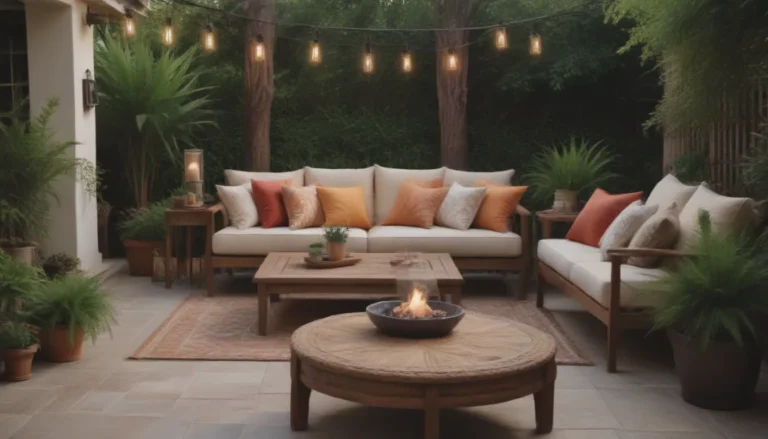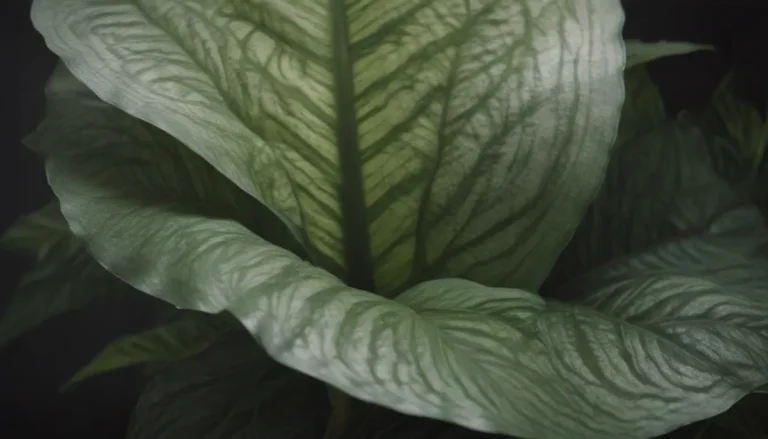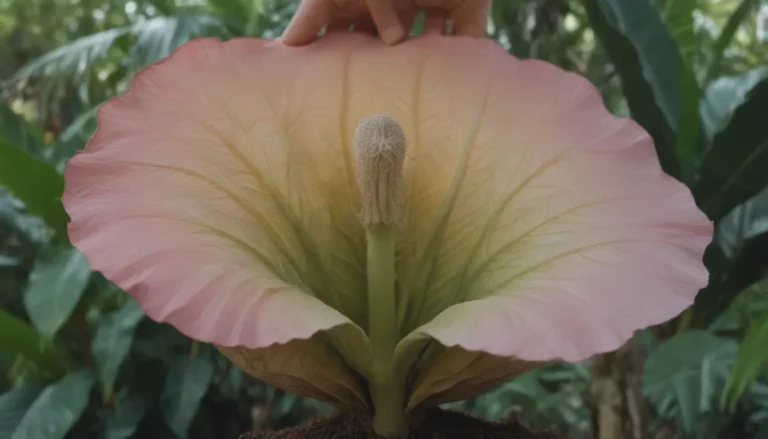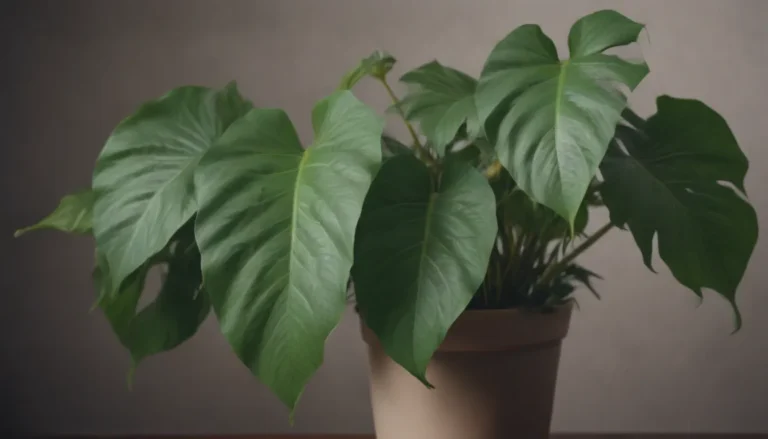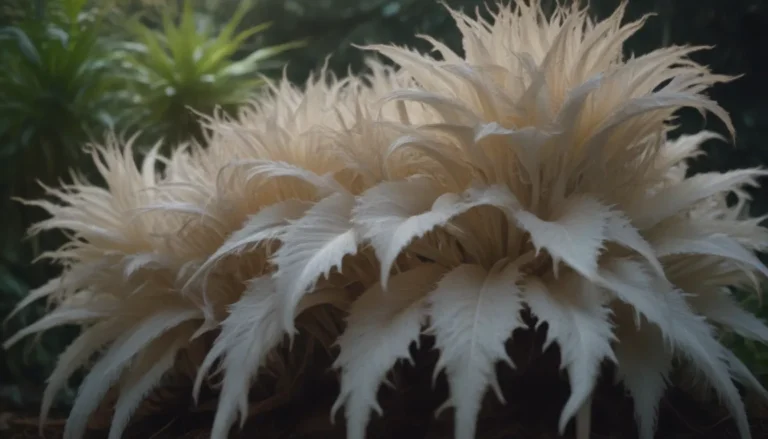How To Successfully Grow and Care for Pine Tree Bonsai
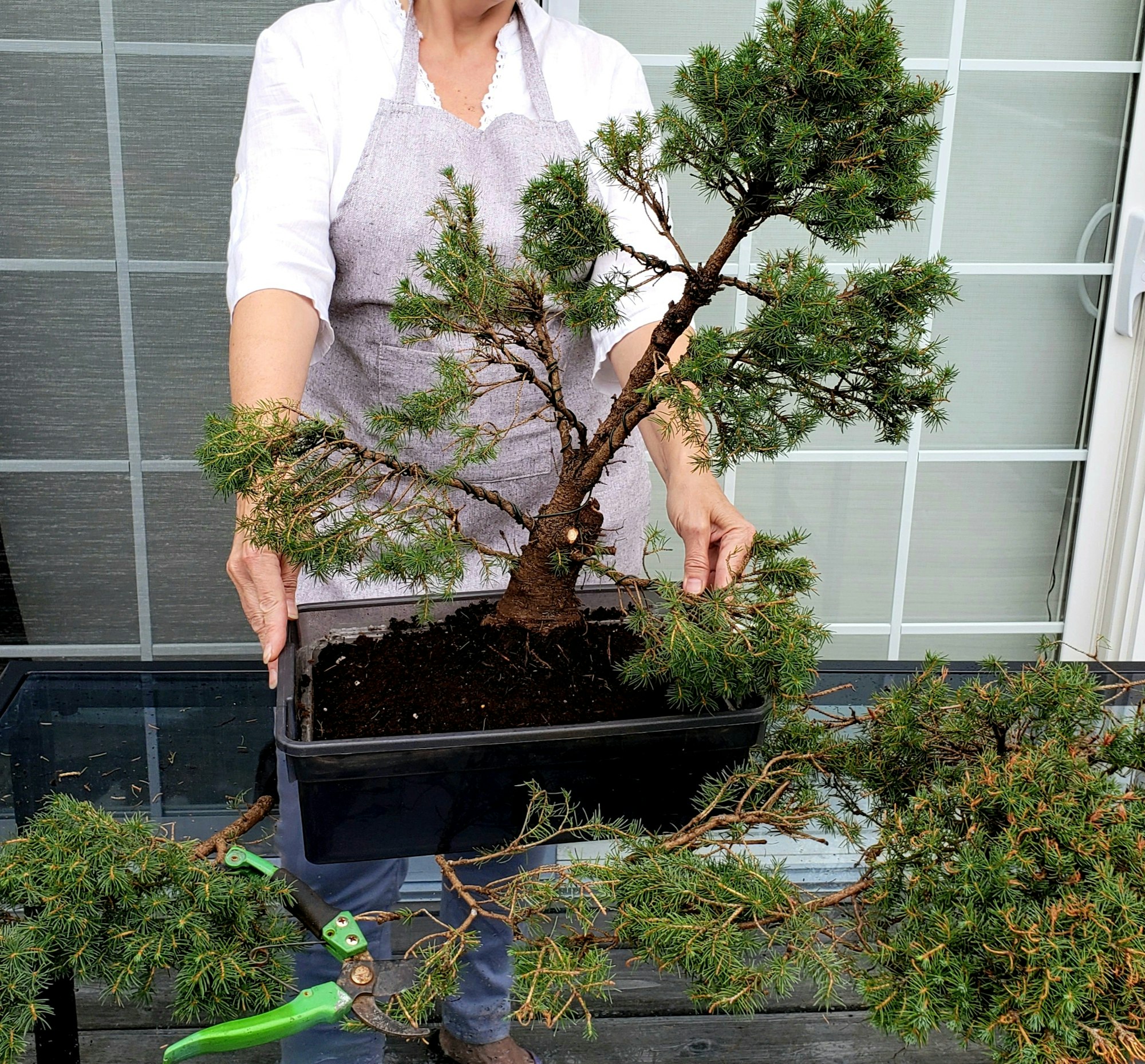
Are you ready to embark on a journey into the fascinating world of pine tree bonsai? Whether you’re a seasoned bonsai enthusiast or a curious beginner, growing and caring for pine bonsai can be an incredibly rewarding experience. In this comprehensive guide, we’ll walk you through everything you need to know to successfully cultivate and maintain these miniature marvels of nature.
Why Choose Pine Tree Bonsai?
Pine trees have long been a favorite among bonsai artists for their striking appearance and the challenge they present. With their distinctive needles and rugged bark, pine bonsai trees bring a touch of the forest into your home or garden. While they may require a bit more skill and patience than some other bonsai species, the results are well worth the effort.
Getting Started: Choosing Your Pine Species
Before diving into care techniques, it’s important to select the right pine species for your bonsai project. Some popular choices include:
- Japanese Black Pine (Pinus thunbergii)
- Mountain Pine (Pinus mugo)
- Scots Pine (Pinus sylvestris)
- Japanese White Pine (Pinus parviflora)
- Rocky Mountain Bristlecone Pine (Pinus aristata)
Each species has its own unique characteristics and growth habits, so research your chosen variety to understand its specific needs.
Essential Care Tips for Pine Tree Bonsai
1. Lighting: Let There Be Sun!
Pine bonsai trees are sun-lovers, requiring plenty of direct sunlight to thrive. Here’s what you need to know:
- Aim for at least 6 hours of full sun daily
- Insufficient light leads to leggy, elongated needles
- Consider using grow lights if indoor lighting is inadequate
2. Soil: The Foundation of Health
The right soil mix is crucial for pine bonsai health:
- Use well-draining bonsai soil
- Ideal mix: akadama, pumice, organic potting compost, and fine gravel
- Maintain a slightly acidic pH between 5.5 and 6.5
3. Watering: Finding the Right Balance
Proper watering is key to pine bonsai care:
- Water when the top 1-2 inches of soil feel dry
- Avoid waterlogging the soil
- Adjust watering frequency based on climate and season
4. Temperature and Humidity: Embracing the Elements
Pine bonsai trees thrive in natural outdoor conditions:
- Keep your pine bonsai outdoors year-round
- Provide winter protection for container-grown trees
- Mist regularly to maintain adequate humidity
5. Fertilizing: Feeding for Growth
Regular fertilization supports healthy growth:
- Use organic bonsai fertilizer from early spring to late autumn
- Avoid nitrogen-rich fertilizers
- Follow a consistent feeding schedule
Advanced Techniques for Pine Bonsai Mastery
Wiring: Shaping with Precision
Wiring is essential for shaping pine bonsai:
- Wire during dormant periods (late autumn to early spring)
- Understand your pine species’ growth patterns
- Be gentle to avoid damaging branches
- Remove wire before it cuts into the bark
Pruning: Crafting the Perfect Form
Pruning is an art form in pine bonsai cultivation:
- Start shaping early to establish strong branch structure
- Focus on maintaining balance, especially with apically dominant growth
- Prune in spring and summer for best results
- Use clean, sharp tools to make precise cuts
Candle Pruning: A Unique Pine Bonsai Technique
Candle pruning is a specialized technique for pine bonsai:
- Performed in late spring to early summer
- Helps control growth and promote dense foliage
- Vary pruning intensity based on branch position and tree health
Propagation: Growing Your Own Pine Bonsai
For the adventurous bonsai enthusiast, propagating pine bonsai can be a rewarding challenge:
- Select a healthy branch cutting
- Trim and prepare the cutting
- Apply rooting hormone to encourage root growth
- Plant in well-draining soil
- Provide consistent care and patience as roots establish
Potting and Repotting: Giving Roots Room to Grow
Proper potting is crucial for pine bonsai health:
- Repot every 2-5 years, depending on growth rate
- Choose early spring, just as buds begin to swell
- Select an appropriate pot that complements your tree’s style
- Use fresh bonsai soil with each repotting
Troubleshooting Common Pine Bonsai Problems
Even with the best care, pine bonsai may face challenges. Here’s how to address common issues:
Yellowing Needles
- Possible causes: age, lack of sunlight, nutrient deficiencies
- Solution: Adjust light exposure and fertilization as needed
Leggy Growth
- Cause: Insufficient light
- Solution: Increase sun exposure or supplement with grow lights
Dying Branches
- Possible causes: Physical damage, insufficient light, pests
- Solution: Identify the root cause and address accordingly
Pests and Diseases
Common issues include:
- Aphids
- Spider mites
- Scale insects
- Root rot
- Fungal infections
Regular inspection and proper care are key to prevention and early intervention.
Seasonal Care for Pine Bonsai
Understanding seasonal changes is crucial for pine bonsai care:
Spring
- Begin fertilization
- Increase watering as growth resumes
- Perform candle pruning
Summer
- Provide protection from extreme heat
- Continue regular watering and fertilization
- Monitor for pests and diseases
Fall
- Reduce fertilization
- Prepare for winter dormancy
- Consider light pruning and wiring
Winter
- Protect roots from freezing
- Reduce watering frequency
- Avoid fertilization during dormancy
The Art and Zen of Pine Bonsai
Growing pine bonsai is more than just a hobby – it’s a journey of patience, skill, and connection with nature. As you care for your pine bonsai, you’ll develop a deeper appreciation for the subtle rhythms of growth and the beauty of miniature landscapes.
Remember, every pine bonsai is unique, and part of the joy is in learning to work with your tree’s natural tendencies. Embrace the process, celebrate small victories, and don’t be discouraged by setbacks – they’re all part of the bonsai journey.
Conclusion: Your Pine Bonsai Adventure Awaits
Armed with this knowledge, you’re now ready to begin or continue your pine bonsai adventure. Whether you’re shaping your first tree or refining your techniques, remember that bonsai is a lifelong art form. Each day brings new growth, new challenges, and new opportunities to create living art.
So, gather your tools, select your pine, and embark on this rewarding journey. With patience, care, and a touch of creativity, you’ll soon be nurturing a breathtaking pine bonsai that brings a slice of nature’s majesty into your home.
Happy bonsai growing! 🌲✨
